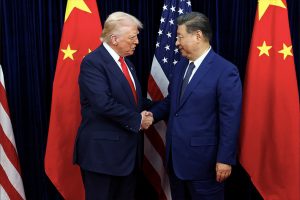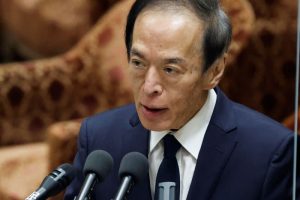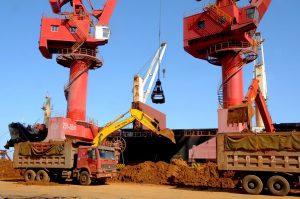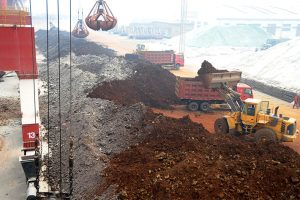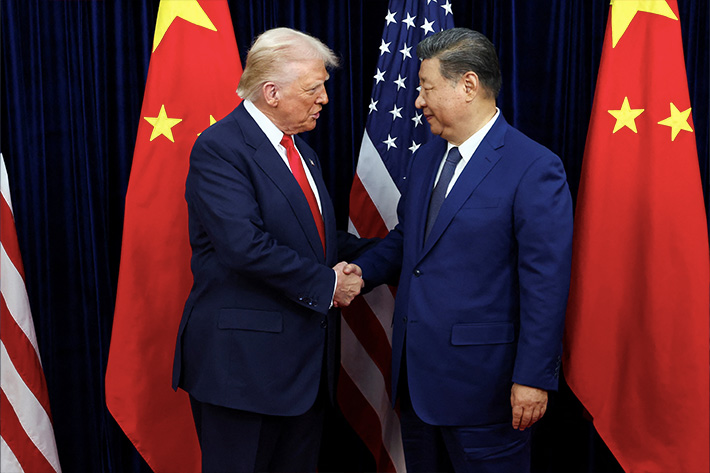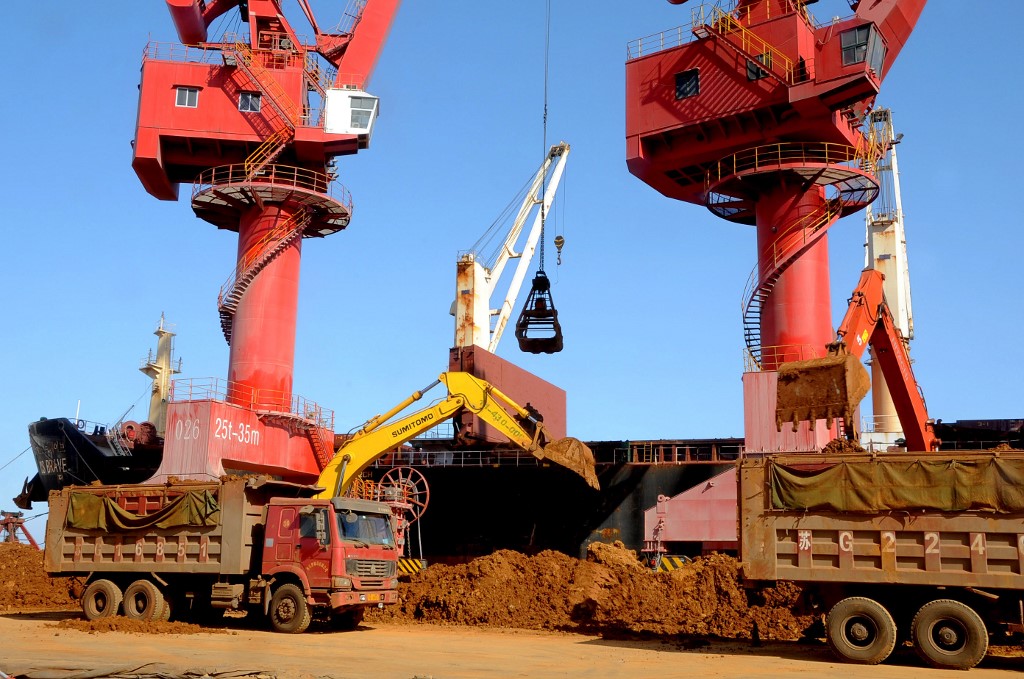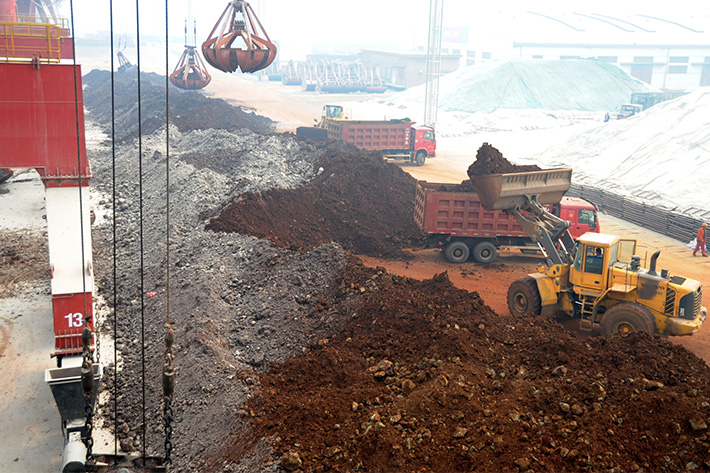Customs data released on Thursday show that China’s exports and imports grew in April despite a drop in March.
The data points to both improvement in demand at home and overseas, suggesting that policy support measures in recent months helped to bolster investor and consumer confidence.
Shipments from China grew 1.5% year-on-year last month, in line with the increase forecast in a Reuters poll of economists. They fell 7.5% in March, which marked the first contraction since November.
Imports for April increased 8.4%, beating an expected 4.8% rise and reversing a 1.9% fall in March.
ALSO SEE: US May Deny China, Russia Access to Advanced AI Models
“Exports have been the bright spot in China’s economy so far this year. The weak domestic demand led to deflationary pressure, which boosts China’s export competitiveness,” Zhang Zhiwei, chief economist at Pinpoint Asset Management, said.
China’s economy grew faster than expected in the first quarter, although data on exports, consumer inflation, producer prices and bank lending for March showed that momentum could be faltering again. A protracted property crisis is also showing few signs of abating, spurring calls for more policy stimulus.
In the first quarter, both imports and exports rose 1.5% year-on-year.
A string of forecast-beating economic data over the January-February period and a factory owners survey for March suggested the world’s No-2 economy had managed to successfully navigate some early challenges, buying officials more time to lift fragile investor confidence and revitalise growth.
However, Beijing has its work cut out. Rating agency Fitch cut its outlook on China’s sovereign credit rating to negative last month, citing risks to public finances as growth slows and government debt rises.
The Politburo of the Communist Party, the party’s top decision-making body, said last month it would step up support for the economy with prudent monetary policy and proactive fiscal policies, including through interest rates and bank reserve requirement ratios.
China has set an economic growth target for 2024 of around 5%, which many analysts say will be a challenge to achieve without much more stimulus.
Chinese exporters had a tough time for most of last year as soaring interest rates weighed on overseas demand. With the Federal Reserve and other developed nations showing no urgency to cut borrowing costs, manufacturers may face further strains as they battle for market share.
Analysts say Chinese exporters are continuing to slash prices to maintain sales abroad amid the weak domestic demand conditions.
“Overcapacity in many industries will continue to depress export prices in the coming months,” said Dan Wang, chief economist at Hang Seng Bank China.
“As more Chinese companies make investments overseas to get around potential sanctions from the US, we expect more exports of industrial inputs like chemicals, fabric, auto parts and electric machineries,” she added.
China’s trade surplus grew to $72.35 billion, compared with a forecast of $77.50 billion in the poll and $58.55 billion in March.
- Reuters with additional editing by Jim Pollard
ALSO SEE:
China Sees Surprising GDP Growth, But Weak Demand in March
Fitch Cuts China Outlook to Negative, Citing Debt, Growth Risks
EU to Avoid Trade Curbs in China Solar Panel Firms Battle
China Orders Telecoms to End Use of US Chips by 2027 – WSJ
Excess Capacity Claim is Wrong, We’re More Competitive: China
Yellen Warning to China on Oversupply Seen Falling on Deaf Ears
PM Pledges to Revitalize China’s Economy, Aims at 5% Growth




